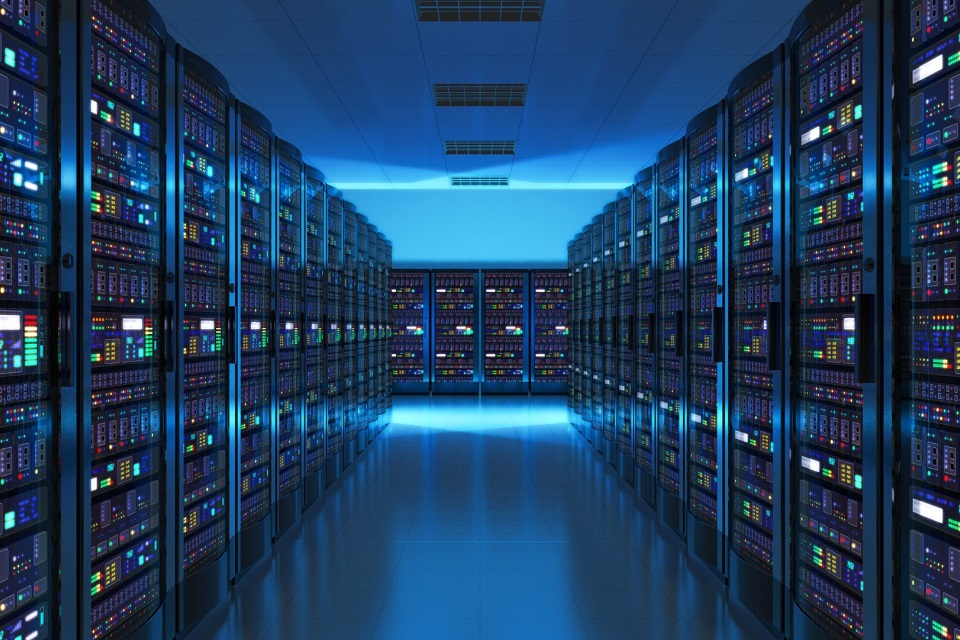If you’re in the business of building and maintaining websites, you’ve heard about Data Centers or server farms. They require passive network components that can be monitored. Data centers ensure round-the-clock availability for websites.
Table of Contents
Data Centers Provide Round-The-Clock Availability Of Websites
Data centers have redundant power sources and uninterrupted electrical supplies to ensure round-the-clock website availability. They should be located in an area that does not flood or experience 100-year floods. They should also have access to cooling and be located near business centers and fiber backbone routes. Some data centers are underground, while others are underwater. For optimal security, consider choosing a facility with both high-level security and a highly secure environment.
In addition to redundant power sources, data centers can operate with multiple levels of redundancy. For example, UPS systems and cooling systems can be N+1 or 2N. But if a single power source fails, there is still no way to guarantee website availability. That’s why better data centers have multiple power supplies and redundant connections. Besides dual-homed UPSs, data centers may have backup generators and redundant connections that can provide power to servers for hours or even days.
They House Servers
Data centers are massive facilities for hosting computers. They house everything from servers and storage devices to routers and switches. These facilities have a high demand for cooling systems and require specialized security measures to ensure that information is not compromised. Data centers are also a significant consumer of water, which runs the industrial-scale chillers that keep the equipment cool. Maintaining data centers physically secure requires special precautions, such as special security measures for fire suppression. Unfortunately, traditional fire extinguishers are not effective enough in protecting the sensitive equipment found in data centers.
For cooling servers, data centers must be located near Internet connection points. These connections are usually fiber optic cables, which link the data centers to the broader Internet. In addition, vantage uses air-cooled chillers to reduce the server room’s temperature. Hot aisles – where the backs of server racks face each other – can reach 100 degrees Fahrenheit. Cooling units pull the heat away and return it to outside air, typically 72 degrees.
They Have Sophisticated Security
Among the most advanced physical security measures for data centers is biometric identification. Data centers are typically locked and don’t have exterior windows. Instead, they are protected by surveillance cameras and security guards. In addition, data centers often have two-factor authentication, requiring visitors to enter a personal passcode or scan a PIV card. The data center’s safety doors may also have biometric systems or employee badge readers to allow entry. Hacking and malware are two apparent threats to the center’s security.
Despite the sophisticated physical security measures for data centers, many bad actors still exploit vulnerabilities in the data center’s network. Bad actors are increasingly turning to SSL for their attacks. However, SSL can also create security blind spots. For example, SSL can disguise malicious payloads or shield data exfiltration, but many firewalls are not designed to scale with SSL inspection. To avoid such vulnerabilities, organizations must evaluate their firewall’s performance capabilities. Another way to layer security for data centers is to divide the network into three zones: a test area, a development area, and a production zone. A test area offers greater flexibility, and a development zone requires approved production equipment.
They Require Passive Network Components
Passive network components are crucial for data centers. They do not require power connections. Instead, racks and sub-racks are used for servers, and they feature 19-inch racks, ensuring all devices fit in the exact location. In addition to passive network components, data centers need system technology staff to manage the electronic tasks that run through them. For example, they can oversee device installation, exchange faulty hardware, and connect individual components.
They Have Sophisticated HVAC, Telecommunications, & Electric Power Systems
While traditional data center power distribution designs can deliver enough power to run multiple racks, they often require human error. For example, data centers need to keep unused cables from getting tangled. However, this creates safety hazards and is a highly inefficient way to distribute power. Additionally, traditional designs must accommodate a wide variety of equipment and telecommunications components and may not provide the level of uptime needed to keep data centers running.
Because of these complicated systems, data centers have highly sophisticated HVAC, telecommunications, and electrical power systems. One critical component of these systems is the UPS, which cleans dirty commercial utility power and provides instant backup power if the primary energy source fails. In the case of a power failure, UPS units have a power conversion factor called Usable KVA/CC, which de-rates the Kilo-volt-amps (KVA) available to the mega-watt-amps (kW) required by the devices.



